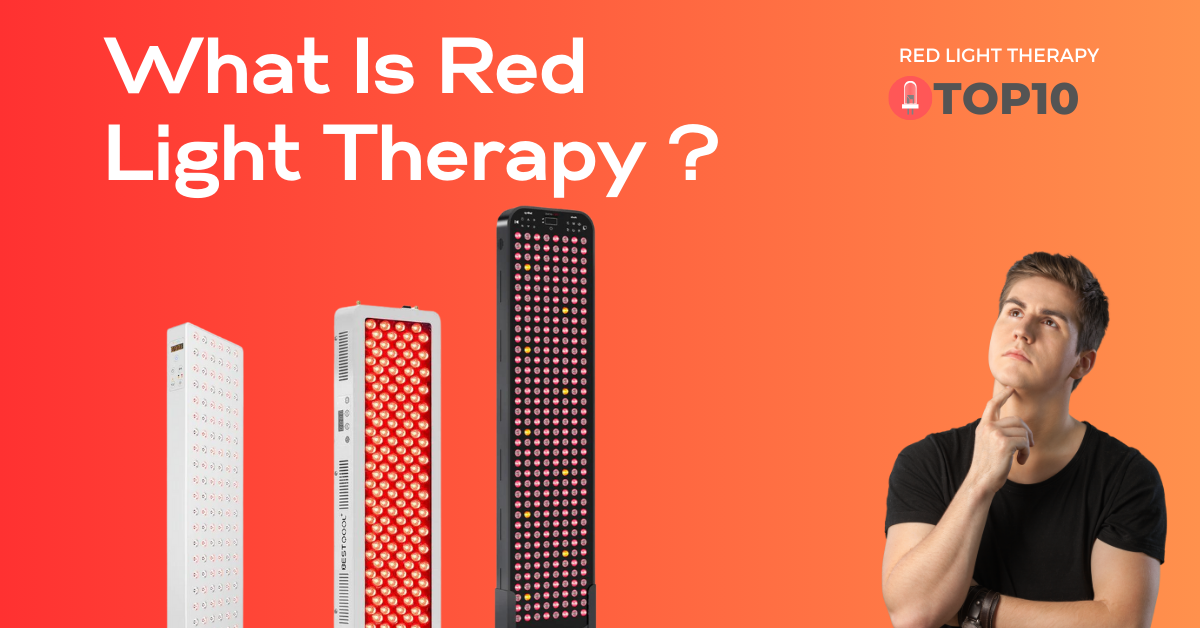Introduction:
In recent years, Red Light Therapy (RLT) has emerged as a groundbreaking wellness technique, promising a myriad of health benefits through the power of light. While it may seem like magic, the science behind RLT is firmly rooted in the principles of photobiomodulation, shedding light on the cellular mechanisms that drive its healing effects.
Understanding Photobiomodulation:
Photobiomodulation, or PBM, is the scientific term that underpins the therapeutic effects of red light. At its core, PBM refers to the process by which cells respond to specific wavelengths of light, particularly in the red and near-infrared spectrum. These wavelengths penetrate the skin and stimulate cellular activity, promoting various physiological responses.
The Role of Mitochondria:
The key player in this cellular symphony is the mitochondria, often referred to as the powerhouse of the cell. Red and near-infrared light are absorbed by mitochondrial chromophores, triggering a cascade of events that enhance cellular function. This includes an increase in adenosine triphosphate (ATP) production, the currency of cellular energy.
Cellular Benefits:
- Enhanced ATP Production:
- Red light stimulates the electron transport chain in the mitochondria, leading to increased ATP synthesis. This surge in energy is vital for cellular repair and regeneration.
- Boosted Cellular Metabolism:
- RLT accelerates cellular metabolism, promoting the efficient utilization of nutrients and the removal of waste products. This contributes to overall cellular health.
- Stimulation of Growth Factors:
- Certain wavelengths of light trigger the release of growth factors, such as insulin-like growth factor 1 (IGF-1), promoting tissue repair and regeneration.
- Reduction of Oxidative Stress:
- RLT has been shown to mitigate oxidative stress by enhancing the activity of antioxidant enzymes, safeguarding cells from damage caused by free radicals.
Research-backed Findings:
Numerous scientific studies support the efficacy of RLT across various applications:
- A study published in the “Journal of Clinical Medicine” found that RLT significantly improved skin complexion and increased collagen density, highlighting its potential in skincare.
- Research in the “Journal of Athletic Training” suggests that RLT can reduce muscle soreness and accelerate recovery after intense physical activity, making it a valuable tool for athletes.
Exploring the Specific Wavelengths:
Red Light Therapy operates within a specific range of wavelengths, typically between 630 to 660 nanometers for red light and 810 to 850 nanometers for near-infrared light. These wavelengths have been identified as optimal for cellular absorption, ensuring that the light penetrates the skin to reach the target cells and organelles, particularly the mitochondria.
Cellular Signaling and Gene Expression:
Beyond its role in ATP production, red light acts as a signaling molecule, influencing gene expression. Studies have demonstrated that exposure to red and near-infrared light can modulate the expression of genes related to inflammation, apoptosis (programmed cell death), and cellular repair. This signaling effect contributes to the therapeutic impact of RLT on various physiological processes.
Conditions Responsive to Red Light Therapy:
- Wound Healing:
- RLT has been employed in wound care, promoting faster healing and reducing inflammation. The enhanced cellular activity accelerates the formation of new blood vessels and collagen, crucial for tissue repair.
- Pain Management:
- Chronic pain conditions, such as arthritis and musculoskeletal pain, have shown improvement with RLT. The anti-inflammatory effects and the stimulation of endorphin release contribute to pain relief.
- Neurological Disorders:
- Emerging research suggests potential applications of RLT in neurodegenerative disorders. The modulation of cellular processes may have neuroprotective effects, although more research is needed in this area.
Safety Considerations and Best Practices:
While RLT is generally considered safe, it’s essential to follow best practices:
- Eye Protection:
- Always use appropriate eye protection to shield against potential damage to the eyes, as prolonged exposure to certain wavelengths can be harmful.
- Dosage and Duration:
- Adhere to recommended dosage and duration guidelines. Overuse does not necessarily result in better outcomes and may, in fact, be counterproductive.
- Skin Sensitivity:
- Consider individual skin sensitivity. While RLT is non-invasive, those with hypersensitivity to light may experience mild irritation.
Future Directions in Red Light Therapy Research:
As the popularity of RLT grows, researchers are exploring new frontiers. Areas such as cognitive enhancement, hormonal regulation, and its impact on chronic diseases are becoming focal points of investigation. Stay tuned for updates as the scientific community continues to unveil the full spectrum of benefits that red light can offer.
Conclusion:
The science behind Red Light Therapy is a captivating journey into the intricate workings of cellular biology. As we continue to unlock the potential of this therapeutic approach, it’s clear that the glow of red light holds promises for a wide array of health benefits. Whether you’re seeking improved skin health, enhanced athletic performance, or relief from chronic conditions, the cellular dance with red light might just be the key to unlocking your body’s full potential. Embrace the science, and let the healing light shine on.


[…] relief. The right wavelengths are key for treating different conditions. The best wavelengths for pain management are between 630-1064 […]